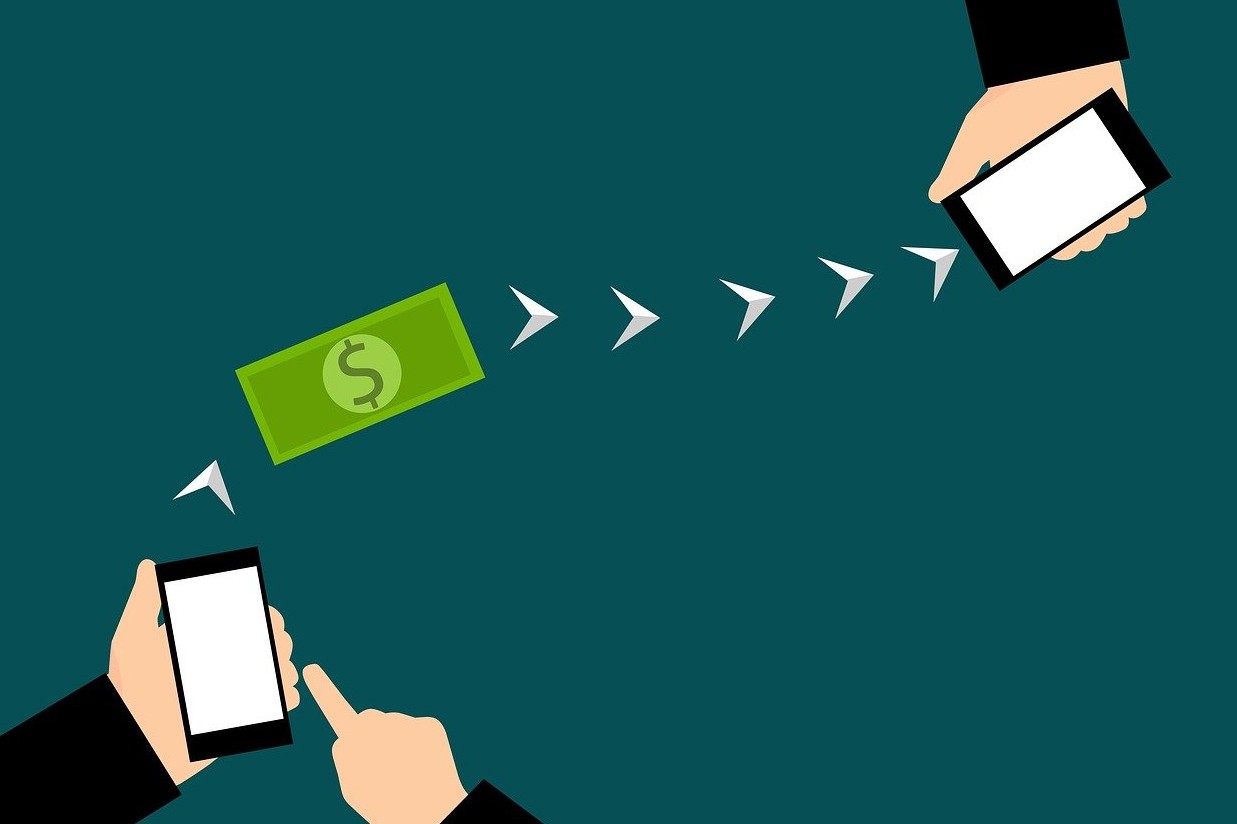Instant payment is a method of transferring money that allows funds to be moved from one account to another in a matter of seconds, 24 hours a day, 7 days a week. A widely known example is Pix, which was implemented by the Central Bank of Brazil and quickly became the most used method by many Brazilians. Another example is SPEI, which operates similarly and was implemented in Mexico.
In recent years, instant payments have been revolutionizing how individuals and businesses handle money. They provide greater efficiency and convenience, facilitating commercial transactions and bringing more flexibility to the entire system.
Do you know how this system works? Check out the main components below:
Payment Identifiers
- Pix Keys: Identifiers that can be used to direct payments quickly and simply, such as CPF/CNPJ, phone number, email, or a random key.
- QR Codes: These can be static (for multiple payments of the same amount) or dynamic (for specific payments with variable information).
Payment Infrastructure
- SPB (Brazilian Payment System): The system that interconnects financial and payment institutions.
- DICT (Transactional Account Identifiers Directory): Manages Pix keys and ensures that the data associated with the keys is correct.
The step-by-step process of instant payment:
- Initiation: The user initiates a transaction through their bank or payment institution’s app. They can enter a Pix key, scan a QR code, or manually input the recipient’s details.
- Authentication and Authorization: The payer’s financial institution authenticates the user’s identity and verifies if there are sufficient funds. Next, the transaction is authorized by the payer’s financial institution.
- Sending Instructions: The payer’s financial institution sends the payment instructions to the SPB. The SPB processes the transaction and notifies the recipient’s financial institution.
- Receiving Funds: The recipient’s financial institution receives the notification and credits the amount to the beneficiary’s account. In this case, both the payer and the beneficiary are notified about the completion of the transaction.
What are the advantages of Instant Payment?
There are several advantages of instant payment, explaining the absolute success of methods like Pix and SPEI. In the past, it was necessary to wait, sometimes days, for a transfer to complete, which could only be carried out at certain times. Now, with instant payment, transactions occur in seconds, at any time of day, and every day of the year.
Another point is the cost, as transactions are cheaper than other transfer methods or even free. Simplicity and convenience also stand out, allowing users to use simple keys and perform real-time actions through bank apps, instead of needing to memorize account and branch numbers, for example.
Along with instant payments, valid concerns about the security of the system have also arisen. This is another advantage of this method, as the data is encrypted during transfer. Additionally, transactions are monitored in real-time to detect suspicious activity, which increases the reliability of the process.





